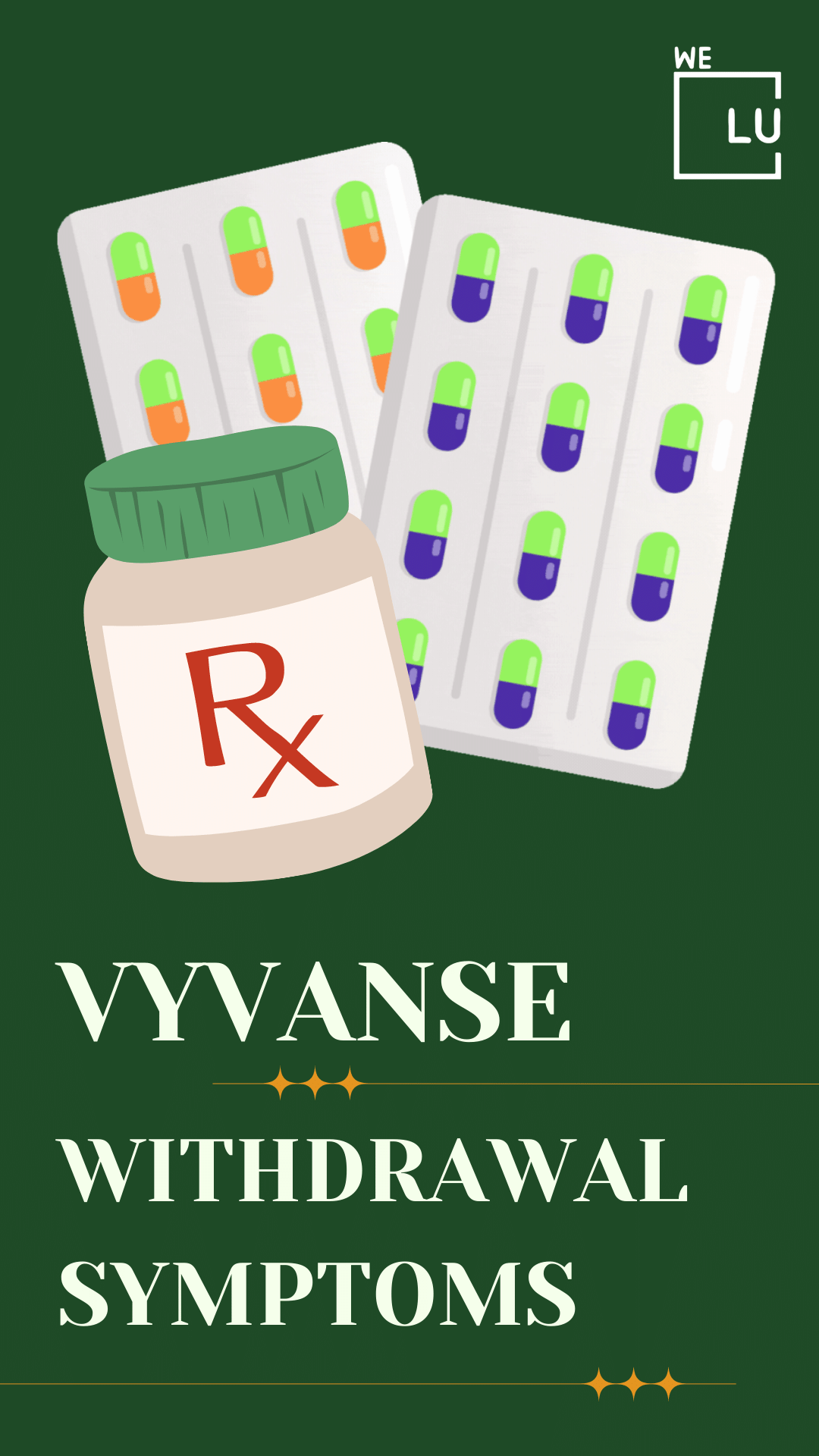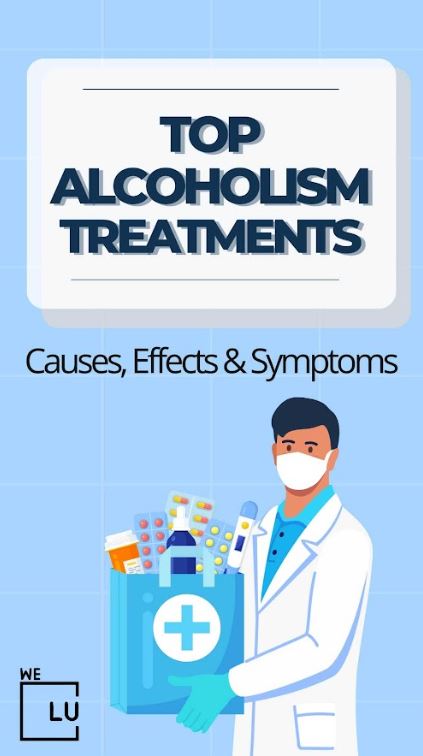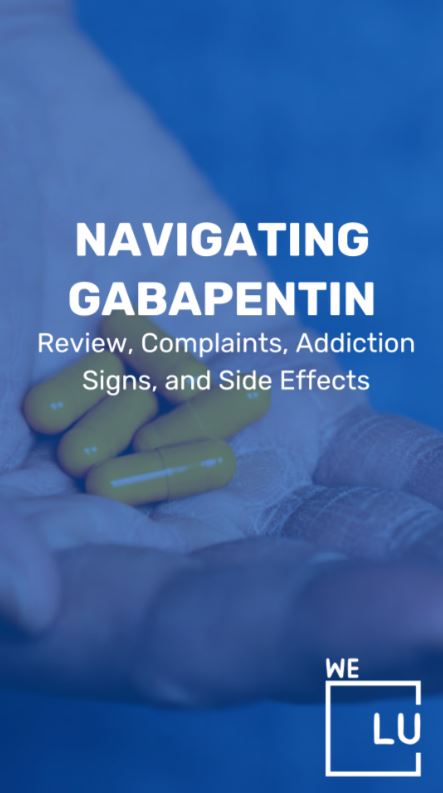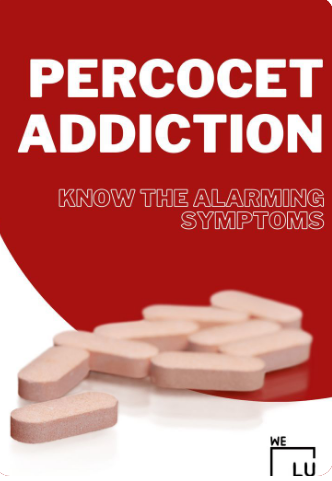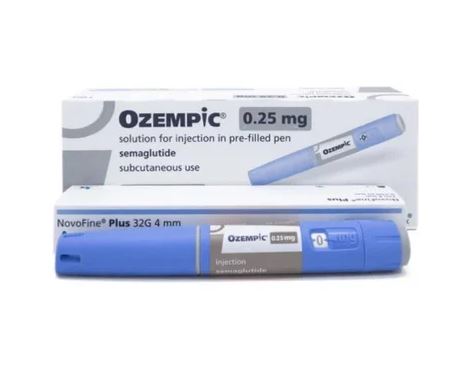How Long Does Vyvanse Last? How Long Does Vyvanse Last in the System?
Vyvanse is a pro-drug, which means that for it to work over time, it must be taken orally and digested by the body. As a result, Vyvanse may take one to two hours to start working, and its effects may last for up to 12 to 14 hours. Vyvanse detection in the body depends on a variety of factors, including the drug test administered. Keep reading for how Long Does Vyvanse Last? Effects, Risks, & Treatment Options
What is Vyvanse?
Vyvanse is a stimulant prescription drug available only by prescription and frequently used to treat ADHD in adults and children over 6. The medication is also used to treat moderate-to-severe binge eating disorders. While a stimulant, Vyvanse is not a weight loss drug, but some people may use it for this purpose improperly.
Given that it stimulates the central nervous system, Vyvanse is equivalent to stimulants like Adderall and Ritalin. Vyvanse and other stimulants improve focus and concentration in ADHD patients while raising blood pressure and other nervous system processes like heart rate.
What are Vyvanse Uses?
Vyvanse activates the nervous system. It is often recommended to treat the signs and symptoms of attention deficit hyperactivity disorder (ADHD) in adults and children aged six and older. Like other ADHD drugs, Vyvanse improves concentration, impulse control, ability to concentrate, and other symptoms by increasing neurotransmitters dopamine and norepinephrine levels in the brain to balance out chemical imbalances. Vyvanse is the only drug of its kind that has been approved to treat binge eating disorders.
What is Vyvanse’s Half-Life?
The greatest concentration of Vyvanse and its breakdown products are present in the bloodstream after 3.5 hours. Lisdexamfetamine, the active ingredient, completely exits the plasma after a few hours. However, lisdexamfetamine breaks down into gets converted into the stimulant dextroamphetamine that lingers in a person’s body for much longer.
Dextroamphetamine, which hangs around for about 12 hours, can be detected for longer. Dextroamphetamine is similar to amphetamine and will show up on most drug tests. Taking into account the 12-hour half-life of dextroamphetamine, you can expect the drug to be eliminated from your system within 2-3 days.
How Long Does Vyvanse Stay in Your System?
So, how long can Vyvanse stay in your system? According to Workplace Drug Testing, how long can Vyvanse stay in your system depends on the detection window for Lisdexamfetamine. The active ingredient in Vyvanse, is detectable for a surprisingly short – only a few hours in most cases. However, its metabolite, dextroamphetamine, can be detected for a more extended period with a half-life of about 12 hours.
On average, it takes about 2-3 days for dextroamphetamine to be eliminated from the body, based on its 12-hour half-life. Remember that individual factors such as weight, gender, and drug interactions can affect the metabolism of any drug.
How Long Does Vyvanse Stay in Your System Chart
Below is a table breaking down the detection times for Vyvanse (lisdexamfetamine) drug tests. Keep in mind that individual variations can occur, and these are estimates.
Vyvanse Detection Window By Drug Test
| Drug Test | Detection Time for Vyvanse | Comments |
|---|---|---|
| Blood | Up to 8 hours | The peak concentration is reached within 3-4 hours after ingestion. |
| Urine | Up to 3 days (5 days with heavy use) | This is the most common type of drug test used to detect Vyvanse. |
| Saliva | Up to 48 hours | Detection time is similar to blood, but salvia tests are less common. |
| Hair | Up to 90 days | Hair follicle tests can detect Vyvanse use for the longest time. |
Skip To:
Learn More:
- How Long Does Vyvanse Stay In Your System? Timeline & Effective Addiction Treatment
- Vyvanse Withdrawal, Symptoms, Timeline, Addiction, Medical Detox & Treatment
- Can You Snort Vyvanse? The Dangers and Signs of Vyvanse Snorting. Do People Snort Vyvanse? Does Snorting Vyvanse Work? Vyvanse Snorting Risks and Overdose.
- How Long Does Vyvanse Stay In Your System? Timeline & Effective Addiction Treatment
- Guide to Vyvanse Withdrawal Detox. Discover Vyvanse Withdrawal Symptoms. Understand Vyvanse Withdrawal Timeline. Withdrawal from Vyvanse Risks. How Long Does Vyvanse Withdrawal Last?
- How to Pass a Drug Test? How People Try to Beat Drug Testing. How to Pass a Mouth Swab Drug Test. How to Pass a Drug Test for Weed? How to Pass a Drug Test for Meth?
- ADHD Treatment
- Dual Diagnosis Link to Addiction, Deadly Risks, Signs, Statistics, & Treatment Options.
If you’re concerned about Vyvanse drug tests, remember that the detectability window should be based on your last use of Vyvanse, not when you started taking it. And while the effects of Vyvanse can last between 10-14 hours, its presence in the body differs. Stay informed and understand how long Vyvanse may show up on a drug test.
Get Help. Get Better. Get Your Life Back.
Searching for Accredited Drug & Alcohol Rehab Centers Near You? Or Mental Health Support?
Even if you have failed previously, relapsed, or are in a difficult crisis, we stand ready to support you. Our trusted behavioral health specialists will not give up on you. Call us when you feel ready or want someone to speak to about therapy alternatives to change your life. Even if we cannot assist you, we will lead you wherever you can get support. There is no obligation. Call our hotline today.
FREE Addiction Hotline – Call 24/7Vyvanse Half-Life & Effects
The half-life of a drug is frequently used to estimate or measure how long it stays in a person’s system. In other words, it is time it takes normal metabolic processes to reduce the concentration of the drug by half. The stimulant dextroamphetamine is produced naturally when the active ingredient in the half-life of Vyvanse, lisdexamfetamine, is metabolized. How long does Vyvanse last? Detection of lisdexamfetamine would only last briefly (only a few hours in most cases). Dextroamphetamine would be more readily detected because of its extended half-life of roughly 12 hours.
How long does Vyvanse last? It can be assumed that a particular drug’s elimination from the body takes around 5.5 half-lives. The person’s weight, gender, whether or not the drug was taken in conjunction with other medications, and how much of the drug was taken are just a few of the many variables that might impact how quickly any drug is metabolized. How long does it take Vyvanse to work? According to some studies, Vyvanse improves attention in people with ADHD for 2 hours and up to 14 hours after dosage. It is a long-acting drug that is released throughout the day.
A variety of circumstances may have an impact on whether a drug is detectable in the body. For instance, the detectability window should be calculated from the person’s most recent drug use rather than when they first started taking it if they were to take multiple doses of Vyvanse separated several hours apart.
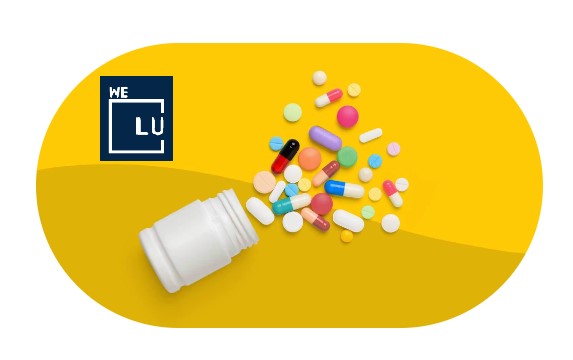

Vyvanse Side Effects
How long does Vyvanse last? Depending on individual characteristics, some may eliminate Vyvanse more quickly than others. For instance, a higher dose of Vyvanse than a lower dose may result in quicker drug clearance. People who are ill or have organ failure may gradually stop taking medications. The same applies to older people who take other medicines that could interfere with Vyvanse.
According to studies on ADHD, Vyvanse’s side effects may include the following:
- Loss of appetite or reduced appetite (anorexia)
- Anxiety
- Reduced weight
- Diarrhea
- Dizziness
- Mouth ache
- Irritability
- Insomnia
- Nausea
- Upper abdominal pain
- Vomiting
World-class, Accredited, 5-Star Reviewed, Effective Addiction & Mental Health Programs. Complete Behavioral Health Inpatient Rehab, Detox plus Co-occuring Disorders Therapy.
CALL (877) 378-4154End the Addiction Pain. End the Emotional Rollercoaster. Get Your Life Back. Start Drug, Alcohol & Dual Diagnosis Mental Health Treatment Now. Get Free No-obligation Guidance by Substance Abuse Specialists Who Understand Addiction & Mental Health Recovery & Know How to Help.
Vyvanse Drug Facts
Vyvanse (Lisdexamfetamine)
COMMON BRANDS
Vyvanse®
CONTROLLED SUBSTANCE CLASSIFICATION
Vyvanse is classified as a Schedule II controlled substance. Schedule II drugs, substances, or chemicals are defined as drugs with a high potential for abuse.
AVAILABILITY
This medication needs prescription authorization from your doctor only.
Vyvanse (Lisdexamfetamine)
Lisdexamfetamine is a medication prescribed to adults and children six years of age and older to treat the symptoms of attention deficit hyperactivity disorder (ADHD; more trouble focusing, managing behaviors, and remaining still or quiet than other individuals their age).
Adults with binge eating disorders can also benefit from lisdexamfetamine treatment (an eating disorder characterized by periods of uncontrolled overeating). The medication lisdexamfetamine belongs to the drugs known as central nervous system stimulants. It functions by altering the concentrations of specific organic compounds in the brain.
Vyvanse Abuse Statistics
According to a Drug Abuse Warning Network report from 2012, Vyvanse’s non-medical use resulted in 2,014 emergency room visits and 116 people enrolling in addiction programs.
Studies that surveyed persons in the U.S. suggested that 7% to 8% had used prescription stimulants like Vyvanse for nonmedical purposes throughout their lifetime. In addition, up to 17% of college students are thought to misuse prescription stimulants. Most patients who take stimulants recreationally are between 18 and 25. More than half (56.3%) of the stimulant users cited that cognitive enhancement is the main reason for misusing prescription stimulants, such as Vyvanse.
7-8%
Studies that surveyed persons in the U.S. suggested that 7% to 8% had used prescription stimulants like Vyvanse for nonmedical purposes throughout their lifetime. In addition, up to 17% of college students are thought to misuse prescription stimulants. Most patients who take stimulants recreationally are between 18 and 25.
Source: NIDA
56%
More than half (56.3%) of the stimulant users cited that cognitive enhancement is the main reason for misusing prescription stimulants, such as Vyvanse.
Source: NIDA

Get Your Life Back
Find Hope & Recovery. Get Safe Comfortable Detox, Addiction Rehab & Mental Health Dual Diagnosis High-Quality Care at the We Level Up Treatment Centers Network.
Hotline (877) 378-4154How Long Does it Take For Vyvanse to Kick In?
How long does Vyvanse take to work? And how long does Vyvanse last? Clinical studies have demonstrated that Vyvanse improves attention in individuals with ADHD at 2 hours and up to 14 hours following a dosage. It is a long-acting medication that releases gradually throughout the day.
How Long Does 30mg Vyvanse Last?
Vyvanse comes in a range of dosages from 10 mg to 70mg. However, 30mg is the suggested starting dose. To assist control symptoms of ADHD and manage side effects, your doctor may occasionally increase or reduce your dosage. How long does Vyvanse last? Vyvanse has a maximum daily dose of 70 mg, and its effects can last up to 14 hours on average.
How Long Does 40mg Vyvanse Last?
How long does Vyvanse last? The usual dose of Vyvanse can be anywhere from 10-70mg. At 40mg, it has the same effects wherein Vyvanse can last for 10-14 hours on average.
First-class Facilities & Amenities
World-class High-Quality Addiction & Mental Health Rehabilitation Treatment
Rehab Centers TourRenowned Addiction Centers. Serene Private Facilities. Inpatient rehab programs vary.
Addiction Helpline (877) 378-4154Proven recovery success experience, backed by a Team w/ History of:
15+
Years of Unified Experience
100s
5-Star Reviews Across Our Centers
10K
Recovery Success Stories Across Our Network
- Low Patient to Therapist Ratio
- Onsite Medical Detox Center
- Comprehensive Dual-Diagnosis Treatment
- Complimentary Family & Alumni Programs
- Coaching, Recovery & Personal Development Events
How Long Does Vyvanse Last in the System?
Compared to other prescribed drugs like methylphenidate, Vyvanse was first thought to have a lower risk of abuse. Vyvanse, however, is a potential drug of abuse since drug users frequently have a strong desire to try various drugs and personalize them to their needs.
Vyvanse how long does it last? Several factors can affect whether a medication is detectable in a person’s system. The shortest detection window is frequently found in blood testing. The average person’s blood would typically continue to show Vyvanse in it for up to 8 hours after taking it. For up to three days and maybe a little longer, urine tests should be able to identify Vyvanse or its metabolites.
How long does Vyvanse stay in your urine? Vyvanse itself does not appear in the urine. Vyvanse instead changes into amphetamine, which can be found in urination. Urine samples are tested for the presence of dextroamphetamine or lisdexamfetamine. How long does Vyvanse last? Urine testing may detect Vyvanse residues 3–5 days after the last dose.
Hair analysis often has the most extended detection window. However, it can take a few days before a hair sample tests positive for Vyvanse or its metabolites. Usually, Vyvanse was detectable in a hair sample a month or so after a person used it.
Vyvanse Addiction Treatment
Drug addicts dependent on Vyvanse can benefit from a comprehensive We Level Up NJ treatment plan that includes evidence-based and cognitive behavioral therapy. Depending on how severely their drug addiction has affected them, certain people with drug use disorders may be suitable for treatment at a dedicated facility like ours.
We work with highly qualified addiction specialists to provide patients with the knowledge and solutions they need to stop drug addiction and maintain their long-term health. We provide dual-diagnosis treatment programs for those who suffer from both these and co-occurring mental health conditions.
If you are battling drug addiction, contact us to discuss your treatment options and learn how we can support you as you start your recovery. We will be there for you at every moment. We Level Up NJ offers proper care with a 24-hour medical staff to support your recovery through our medication-assisted treatment program. Call us immediately to speak with a therapy expert and reclaim your life. Because they know your struggles, our therapists will handle your concerns.
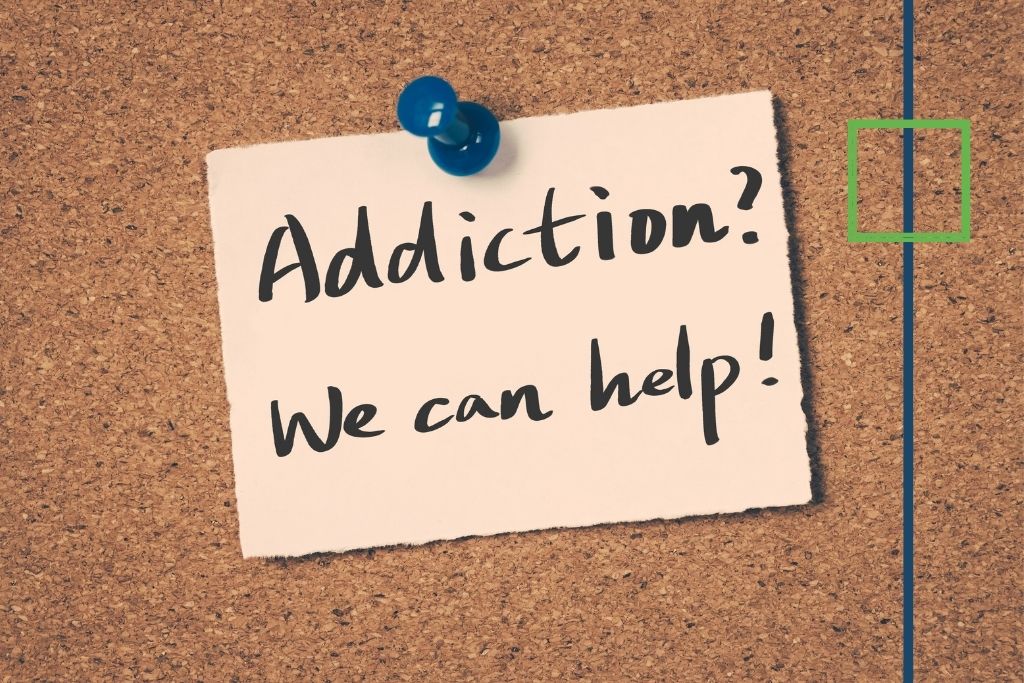
Uncover the shocking truth about Vyvanse – a potential drug of abuse overlooked by many! Despite its initial reputation as a safer option, this potent prescription stimulant is increasingly attracting the attention of thrill-seeking substance users. Don’t let this disturbing trend go unnoticed – if you need help to quit, call the We Level Up Addiction Center 24/7 hotline for resources and support!
Popular Vyvanse FAQs
How long for Vyvanse to kick in? And how long does it take for Vyvanse to work?
According to some studies, Vyvanse improves attention in people with ADHD for 2 hours and up to 14 hours after dosage. It is a long-acting drug that is released throughout the day.
How long does Vyvanse last? and how long does Vyvanse show up in urine?
The actual drug Vyvanse does not show up in the urine. Instead, Vyvanse turns into amphetamine, which is excreted in the urine. Dextroamphetamine and lisdexamfetamine are both tested for in urine samples. Three to five days following the last dose, Vyvanse remains may be seen in the urine.
How long does it take to lose weight on Vyvanse?
Vyvanse doesn’t help with weight loss. Long-term amphetamine use can lead to a person eating more, preventing weight loss.
How long do Vyvanse stay in your system? And how long does Vyvanse last?
Usually, Vyvanse stays in your system for 64 hours, but with drug tests, detection can last as long as 90 days.
Experience Transformative Recovery at the We Level Up Treatment Center.
See our authentic success stories. Get inspired. Get the help you deserve.



Start a New Life
Begin with a free call to an addiction & behavioral health treatment advisor. Learn more about our dual-diagnosis programs. The We Level Up treatment center network delivers various recovery programs at each treatment facility. Call to learn more.
- Personalized Care
- Caring Accountable Staff
- World-class Amenities
- Licensed & Accredited
- Renowned w/ 5-Star Reviews
We’ll Call You
Watch the Recovering from Prescription Drug Abuse: A Compelling Journey towards Sobriety Video
Search Vyvanse Drug Rehab / Detox & Mental Health Topics & Resources
Sources
- (2008) Substance Use Disorders in Children and Adolescents With Attention-Deficit/Hyperactivity Disorder: Implications for Treatment and the Role of the Primary Care Physician. The Primary Care Companion to the Journal of Clinical Psychiatry. from https://www.ncbi.nlm.nih.gov/pmc/articles/PMC2446489/
- (September 2013) Assessing prescription stimulant use, misuse, and diversion among youth 10 to 18. Current Opinion in Psychiatry. from https://www.ncbi.nlm.nih.gov/pmc/articles/PMC5832028/
- Vyvanse (lisdexamfetamine dimesylate). U.S. Food and Drug Administration. from https://www.accessdata.fda.gov/drugsatfda_docs/label/2007/021977lbl.pdf
- (September 2016) Prescription Drug Use and Misuse in the United States: Results from the 2015 National Survey on Drug Use and Health. Substance Abuse and Mental Health Services Administration. from https://www.samhsa.gov/data/sites/default/files/NSDUH-FFR2-2015/NSDUH-FFR2-2015.htm
- (May 2011) Bulimia Nervosa Among Methamphetamine Dependent Adults: Association With Outcomes 3 Years After Treatment. Eating Disorders. from https://www.ncbi.nlm.nih.gov/pmc/articles/PMC3159413/.
- https://books.google.com/books?hl=en&lr=&id=NvMidsRgLCgC&oi=fnd&pg=PP1&dq=Workplace+Drug+Testing+&ots=b5lHC0ypId&sig=99rYKHbszI4cl4D3hTzdOMkPnNg#v=onepage&q=Workplace%20Drug%20Testing
- https://www.accessdata.fda.gov/drugsatfda_docs/label/2007/021977lbl.pdf
- https://www.vyvanse.com/adhd-adult-medication
- https://www.ncbi.nlm.nih.gov/pmc/articles/PMC2873712/
